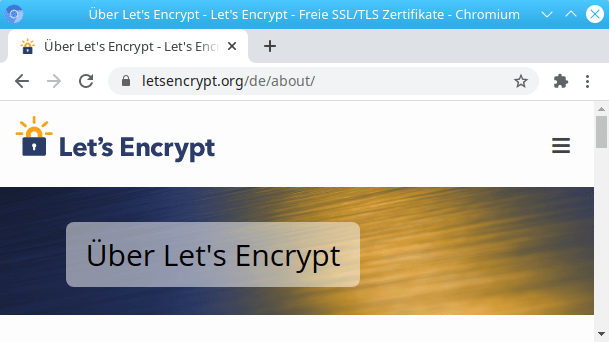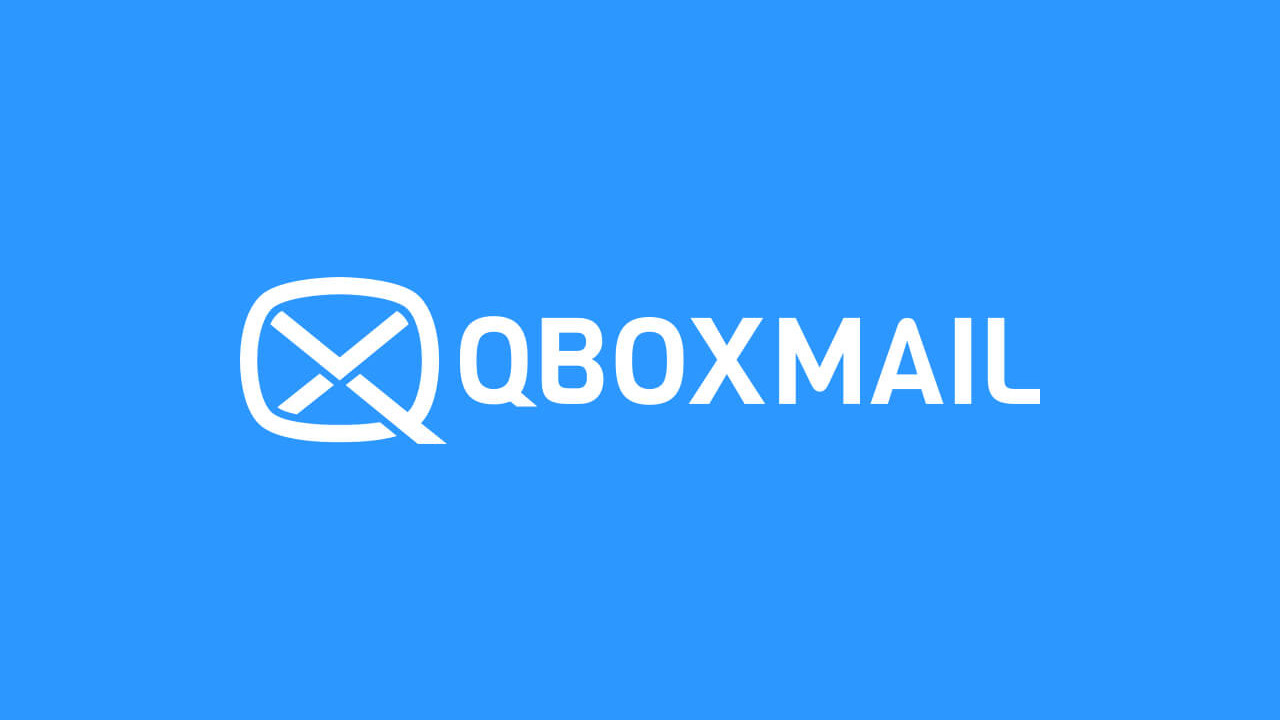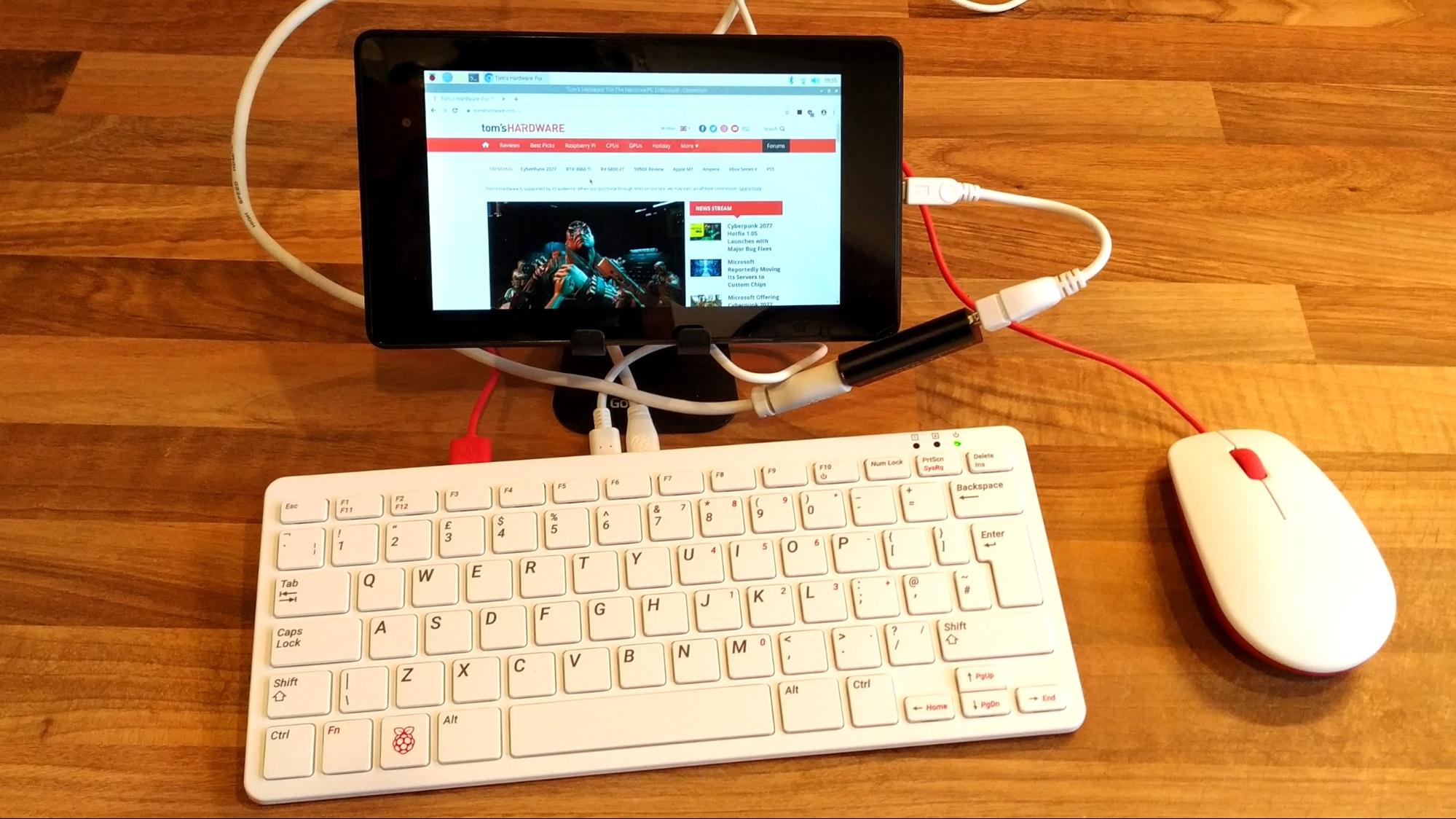Emails remain an important part of business and the market offers countless solutions for their management. The Italian Qboxmail offers a service with advanced features that meets the needs of both users and system administrators, thanks to a clear and simple interface and numerous configuration options
by Riccardo Robecchi published on 22 December 2020 , at 13: 31 in the Cloud channel
The death of the emails has now been declared several times, but in all cases these predictions turned out to be inaccurate. Even today, emails are the tool that companies choose for their internal and external communication due to their reliability and simplicity. The market offers numerous options to choose from to manage company emails and among these there is Qboxmail , an Italian company which proposes an easy, intuitive, economical business email management model with many advanced features that satisfy even the most demanding users.
Whether you like it or not, emails remain the main communication tool inside (and outside) companies. Precisely for this reason they are of capital importance in business activities, but the right weight is not always given to this aspect in the choice of the service provider. In other words, the problem is that companies do not always have the right tools to manage their emails.
Qboxmail provides a service that we could define as “complete”, in the sense that offers simple but powerful tools for corporate e-mail that can meet the needs of any user. From a web interface that competes with market leaders to advanced tools for analyzing activities and managing individual accounts, Qboxmail has created a service that is able to meet the needs of both users and administrators of system.
Switching to Qboxmail: an easy and painless procedure
To try Qboxmail I decided to migrate the email address I use for my personal blog. The process was extremely simple and took only a few minutes. Once the account on Qboxmail was created, it was a matter of setting up the domain: it is necessary to create one in the settings page and then follow the instructions to actually activate the reception and sending of emails. Specifically, it is necessary to set a type A record and modify the MX records in the DNS of your domain: it is therefore necessary to be able to access the DNS configuration in order to use Qboxmail, but this is not a problem in the vast majority of cases.
Once this step has been carried out it is possible to create the accounts : in addition to the address, it is possible to specify name, surname, space available (between 1 GB and 8 GB) and type of possible connections (POP, IMAP, SMTP, webmail and DAV). You can also activate accounts from 16, 25 is 50 GB by paying extra. In the case of Enterprise accounts, it is also possible to take advantage of connections Exchange ActiveSync and storage space until 100 GB .
Among the options available to facilitate the initial setup process we find the possibility of import the configuration of domains, domain aliases, email accounts and account aliases using a CSV file , so you don’t have to manually perform all the operations. In the same way, it is possible to automatically carry out the migration of emails from the previous provider using the IMAP protocol. Supported providers include Office 365, Gmail, Exchange and generic providers (both that support SSL whether or not they do).
The administration interface provides numerous tools to keep the situation under control at every point. In addition to a dashboard that allows you to see the situation at a glance (active domains, split email boxes by capacity and status of activity, alias etc.), there is also ETLive , a tool that analyzes in time real email traffic. Thanks to it you can see the sender and recipient of each incoming email, view the technical details (IP of the origin server, email ID, size, etc.) and download a PDF report containing all the information. This tool can be particularly useful for carrying out technical checks and settling disputes.
There is also the possibility to define team member who have the ability to access domain and email address settings, restricting these permissions as needed. For example, it is possible to assign only the management permissions of a specific domain.
Point of particular interest is the possibility to activate (for a fee) the email archive : it is a service that allows you to keep for 10 years all messages received and sent automatically. The archive is available in read-only mode, so that no changes can be made: it is a particularly useful tool for compliance with the GDPR. However, Qboxmail recommends that you contact legal experts before activating the functionality, so as to evaluate together with them the actual need for the service and the additional requirements it entails (such as, for example, the need to communicate its operation to employees and collaborators ). It is also possible to define delegates who can access messages stored in one or more accounts for a period of time default.
The register allows you to view all operations performed within the account by all users: you can view access to users’ webmail, change of settings both at a general level (with the user responsible for the changes that is reported) and in individual accounts. The reporting is quite complete and also includes the IP address, the country from which the connection is made and the operation performed. In this way you are always aware of the fateful “who did what”, especially important in the event of malfunctions to understand the origin and avoid repeating mistakes.
Lastly, there is the possibility to download reports containing details on domains, domain aliases, domain limits, email accounts, email aliases and the email archive. These reports are provided in CSV format in order to facilitate their use and manipulation.
The Qboxmail web interface: easy to use and feature rich
One of the most interesting aspects of the Qboxmail Web interface is the presence of many features that could be defined ” advanced “, such as the unsubscribe , the real-time notifications , integration with a calendar and the ability to customize the user interface . These features represent one of the strengths of Qboxmail because they bring it to the same level as competing solutions such as Gmail: if you are used to the latter, the transition to Qboxmail is definitely painless. The positive comparison with the market leader solution shows how much Qboxmail’s investments in creating a functional and pleasant to use webmail have hit the target.
The interface is, indeed , even better in some respects . Calendar and address book are accessible with a click directly in the same browser tab, which makes it easier and faster to switch between functions without interrupting your workflow.
IS You can choose between three settings to view emails (vertical division between list and email, horizontal division or full screen view), so as to satisfy almost every preference in this regard.
One aspect particularly interesting is the possibility not only to divide the emails into folders, but also to apply labels to them to help to categorize emails beyond folders, for example by themes. However, these labels are not equivalent to those used, for example, by Gmail, since they remain distinct from the folders. customizable cancellation time that allows you to cancel the sending of the message: this function is especially useful if you realize you have made a mistake and
Each box gives the possibility to create antispam filters thanks to black and white lists that can be customized by the user.
The heading is divided into two areas: the corporate and the personal. This makes it particularly easy to have access to company contacts to contact colleagues and collaborators. The personal area is easily customizable with the addition of contacts in which it is possible to specify, in addition to the classic information, also the role of the contact within the company and his work team (respectively “boss” and “expeditions” , for example).
The calendar offers a large number of features: in addition to all the classic event creation features, you can specify the type of event (confidential, private or public), set two alerts at different times, prioritize the event and apply a ‘label to better categorize the events.
Inside the calendar there is the integration with Zoom that allows you to create new meetings on Zoom directly from the Qboxmail interface: simply select “Zoom” as the location for the system to automatically schedule the meeting and
A particularly interesting aspect is the possibility of enabling the two-factor authentication : using an application for generating “disposable” passwords (we used FreeOTP for Android, for example) it is possible to make access more secure and thus protect yourself by tempted vi of account compromise.
Overall, therefore, the service offered by Qboxmail constitutes a truly complete and effective solution . It gives its best if used directly from the site, which is extremely easy to use and feature rich, but can also be used with clients such as Outlook and Thunderbird. available on the official website at low prices starting from 1.5 ?? per month per account (or 15, 3 ?? the year). There are three bands: “basic”, which offers boxes up to 25 GB and contains almost all the features listed in this article with the exception of the calendar and integration with Zoom; “professional”, on which we based this piece and which allows you to go up to 50 GB; “enterprise”, offering boxes up to 100 GB, the access via Exchange ActiveSync and the ability to enforce policies on changing passwords, logging in with two-factor authentication, etc.














